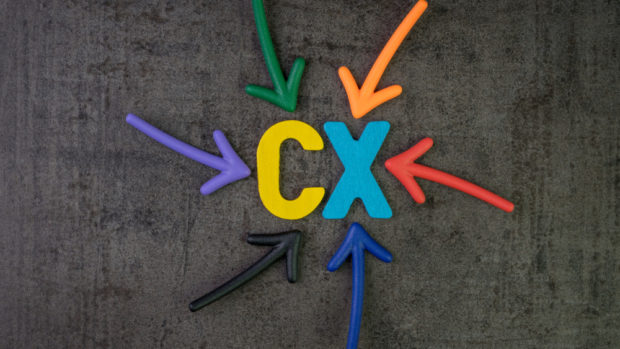
With 79 per cent of fashion retailers charging for returns, paid returns are increasingly taking the stage in the fashion industry. Shipping platform Sendcloud recently conducted an analysis of the return policies of the Top 100 UK retailers, providing insights into the evolving dynamics of paid returns in the UK eCommerce market.
Since Zara and H&M started charging for returns in 2022, the rules of the game are changing. However, while the fashion sector has embraced paid returns more readily, Sendcloud’s recent analysis revealed a split in the e-commerce industry: 52 per cent of retailers continue to offer free returns, while the remaining 48 per cent do not.
The Lack of Transparency Comes at A Cost
Even so, while paid returns are becoming more common, there is still a lack of transparency surrounding them. In fact, 12 per cent of retailers appear to be playing hide and seek when it comes to openly communicating their requirements for returns, only making them available through separate support pages rather than the footer. The lack of transparency extends to return costs, with 64 per cent of the retailers who impose return fees failing to disclose the charges upfront. This lack of upfront communication about return fees, which average £5.22 with a mean of £2.95 and range from £1.99 to £24.99, can lead to dissatisfaction among consumers.
‘Return policies can be a huge dealbreaker, and offering a smooth returns process is crucial to retaining customers,’ says Rob van den Heuvel, CEO and Co-founder Sendcloud. Still, while key elements such as return costs, conditions, or return period can be easily found in the policy, only 23 per cent of retailers make their return policies readily apparent on the home page. Moreover, in 27 per cent of the cases, the refund period cannot even be found. ‘For years, customers have been accustomed to free returns, but they’ve never actually been ‘free’. In reality, they carry significant economic and environmental costs. Implementing a small return fee can help make customers more aware of this. However, retailers have to make this as easy and simple as possible in order to retain their customers in the long run,’ Rob van den Heuvel continues.
Prioritising Convenience
Furthermore, the ease of returns is another significant aspect to consider. Even though 68 per cent of retailers offer a return portal where customers can easily arrange returns, there is still room for improvement when it comes to streamlining the return process. Although drop-off returns are widely available, only 43 per cent offer pick-up services, and 74 per cent provide in-store return options. Despite the growing popularity of parcel lockers, their usage remains unclear, with only 12 per cent of retailers mentioning them as an option, while 88 per cent do not offer or mention this service.
Conversely, 32 per cent of retailers facilitate paperless returns, enabling consumers to return their parcels by presenting a QR code at drop-off/pick-up locations, reflecting the growing emphasis on sustainable shipping practices. However, merely 11 per cent provide a pre-printed label for returning orders, often requiring customers to print the label at home.
As for return periods, they range from the legal standard of 14 days to as long as 365 days, with an average of 39 days and a median of 30 days. Interestingly, around the holiday season, some retailers are more easy going, with 15 per cent offering extended return periods.
‘It’s clear that the rules of the game are changing. The era of free returns is past us, making way for conscious returns practices. Beyond rethinking the costs of returns, it is time for the entire industry to rethink returns. Replacing pre-printed labels with QR codes is one way to do so,’ says Rob van den Heuvel.








Share